Street photography is a distinctive and compelling way to narrate stories through images. Unlike studio photography, it demands quick reflexes, creativity, and a keen awareness of your surroundings. It’s about capturing the heart of the city—those fleeting moments that reveal the character, culture, and essence of urban life. Whether you’re an amateur with a smartphone or an experienced photographer with a DSLR, here are some tips to help you elevate your street photography and truly capture the spirit of the streets.
1. Blend In and Observe
One of the biggest challenges in street photography is capturing candid moments without disrupting the scene. The key is to blend in with your surroundings. Dress inconspicuously, avoid flashy attire, and move naturally within the flow of the city. Take time to observe before you start shooting; this will help you anticipate moments and understand the rhythm of the street.
2. Master Your Gear
Whether you’re using a smartphone or a professional camera, knowing your equipment inside out is crucial. You need to be able to react quickly to capture fleeting moments. Get familiar with your camera’s settings, especially how to adjust exposure, focus, and shutter speed on the fly.
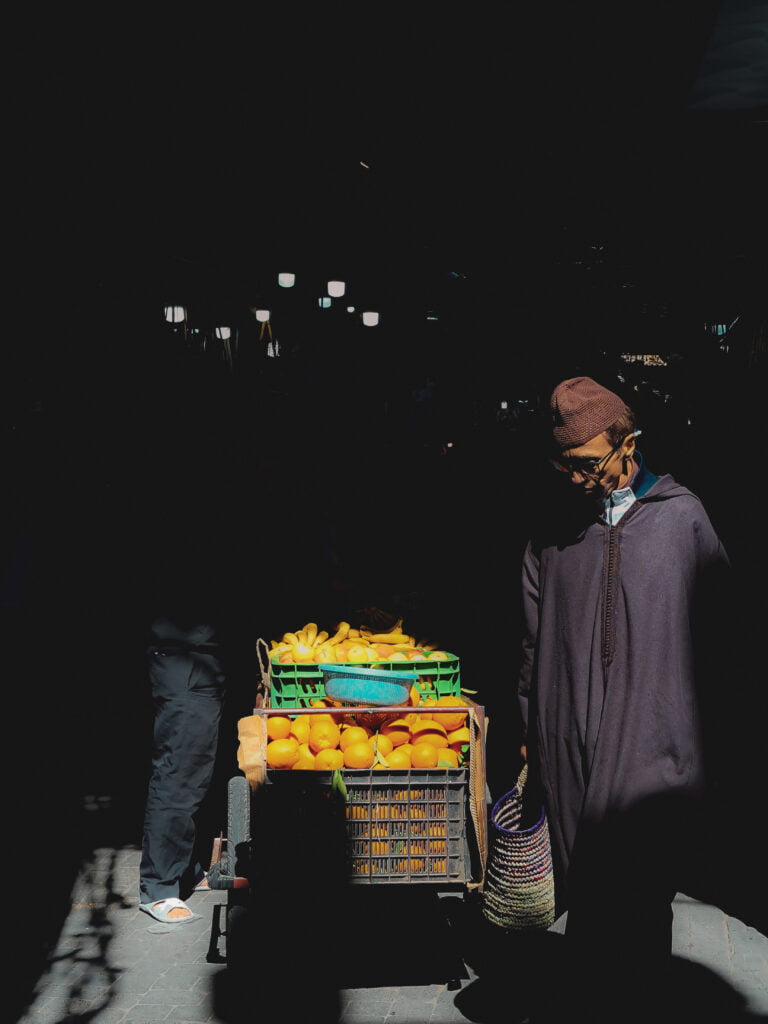
3. Embrace the Chaos
Street photography thrives on unpredictability. Embrace the chaos of the city—the bustling crowds, sudden shifts in light, and unexpected interactions. These elements add dynamism and energy to your photos. Don’t shy away from busy scenes; instead, look for patterns, contrasts, or moments of stillness within the chaos.

4. Focus on Storytelling
A powerful street photograph tells a story. It’s not just about capturing people; it’s about capturing emotions, relationships, and the essence of urban life. Look for moments that convey a narrative—a vendor engaging with a customer, a child chasing pigeons, or an elderly person lost in thought. The more layers of meaning you can include in a single frame, the stronger your image will be.
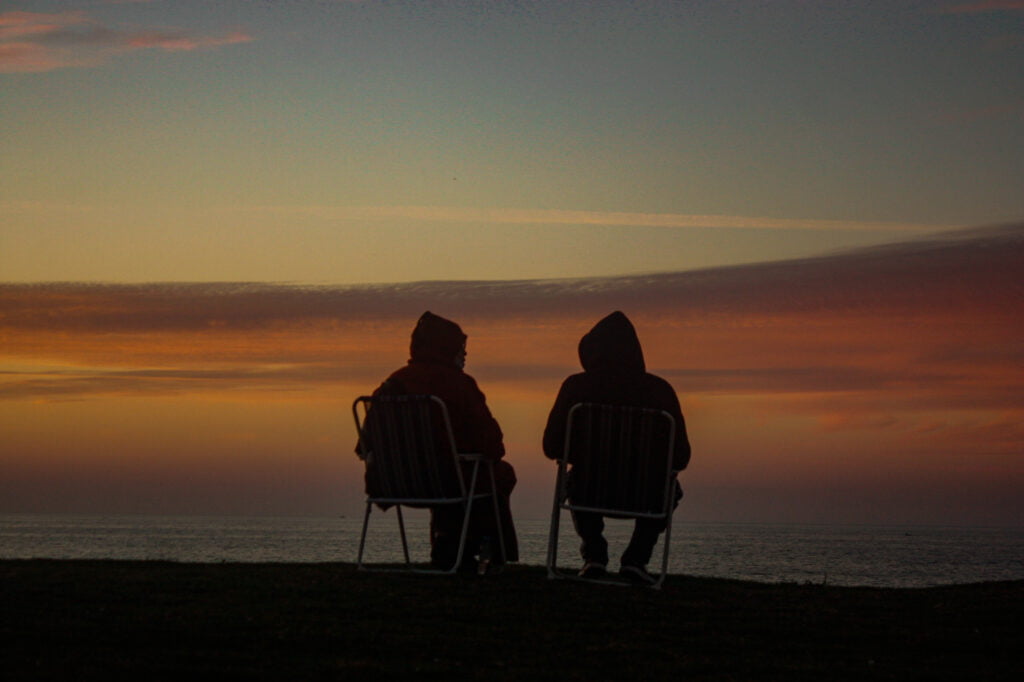
5. Experiment with Composition
Composition is vital in street photography. While the rule of thirds is a good guideline, don’t hesitate to break the rules. Experiment with various angles, perspectives, and framing techniques. Use leading lines, reflections, and shadows to create depth and intrigue in your shots.
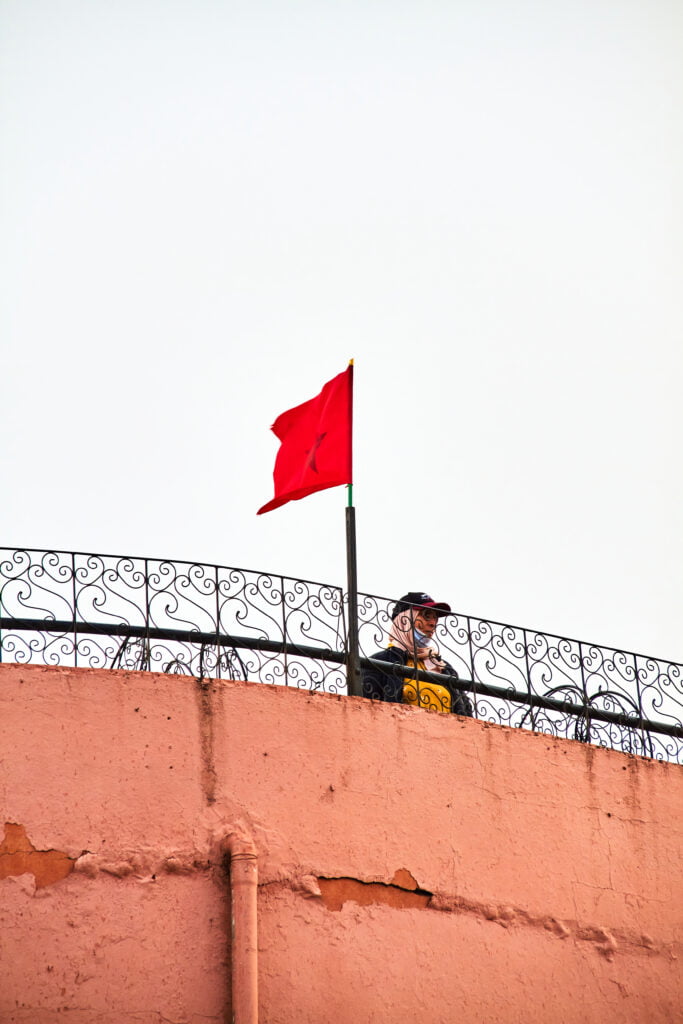
6. Capture the Details
Street photography isn’t just about grand scenes; sometimes, the smallest details can tell the most compelling stories. Focus on textures, colors, and close-ups of everyday objects that reflect the character of the city. These details can provide context and add layers of meaning to your work.
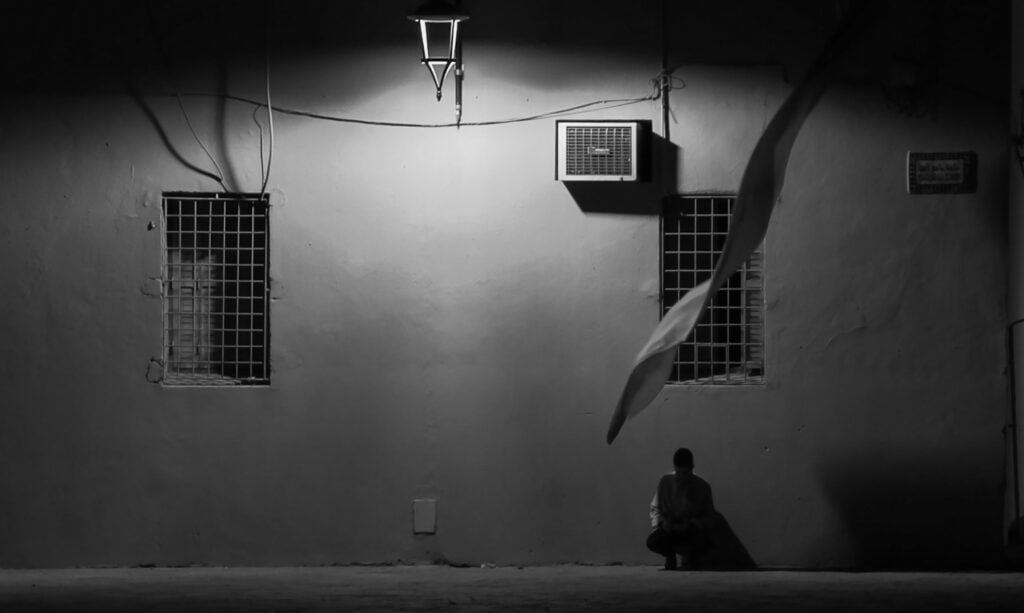
7. Respect Privacy and Ethics
Street photography often involves photographing strangers, which raises ethical considerations. Always be respectful and considerate of the people you are photographing. If someone prefers not to be photographed, respect their wishes. In some situations, it’s better to ask for permission, especially if you plan to take a close-up shot.
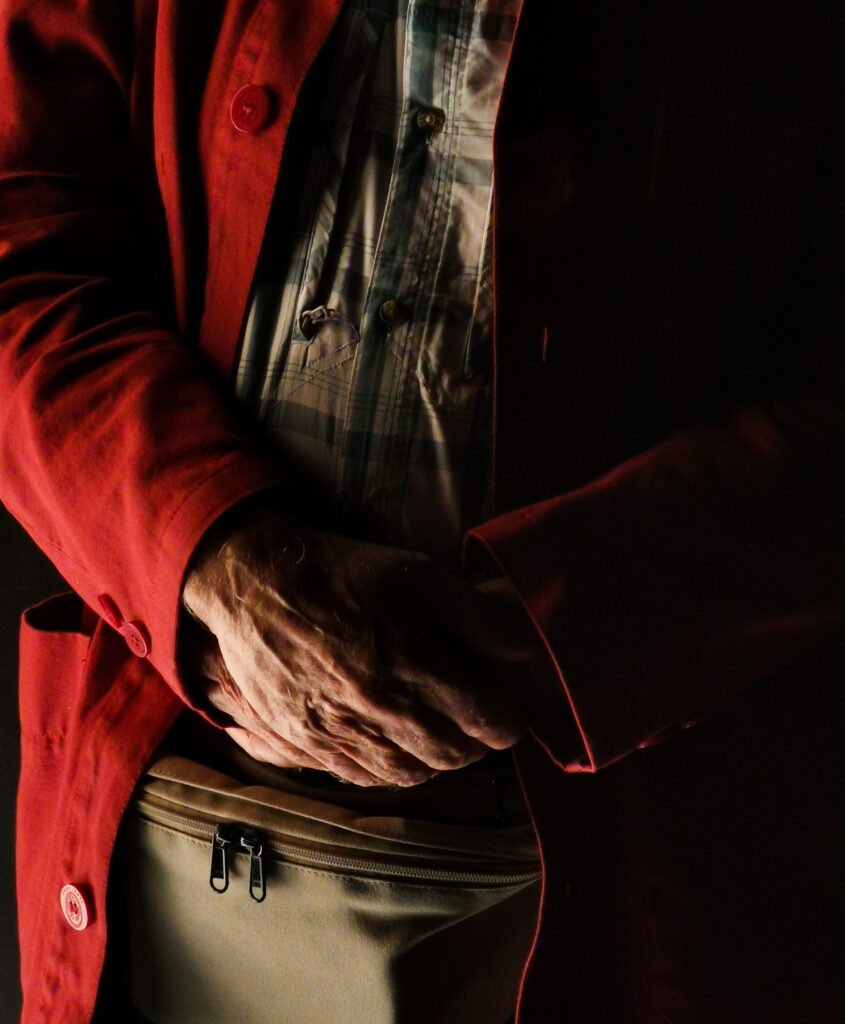
8. Edit with a Light Touch
Post-processing plays a role in photography, but in street photography, subtlety is often best. The goal is to preserve the authenticity of the scene while enhancing its visual impact. Use editing tools to adjust exposure, contrast, and sharpness, but avoid heavy filters or excessive manipulation.
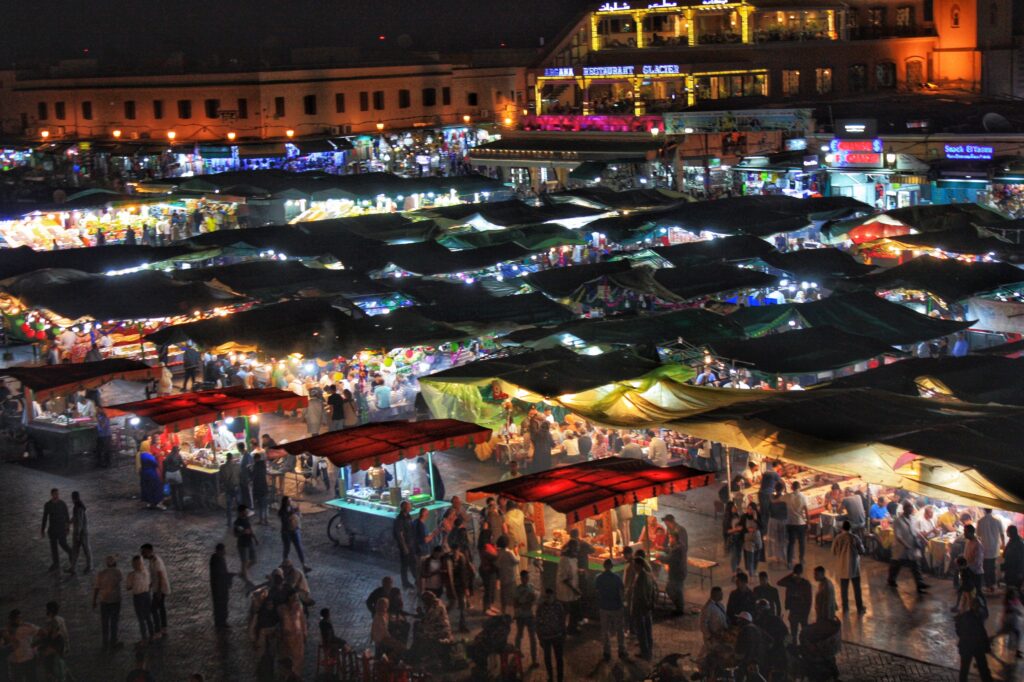
9. Practice Patience and Persistence
Street photography is a skill that improves with time and practice. You might spend hours walking the streets without capturing a single image you love, but don’t get discouraged. The more you shoot, the better you’ll become at spotting those elusive moments.
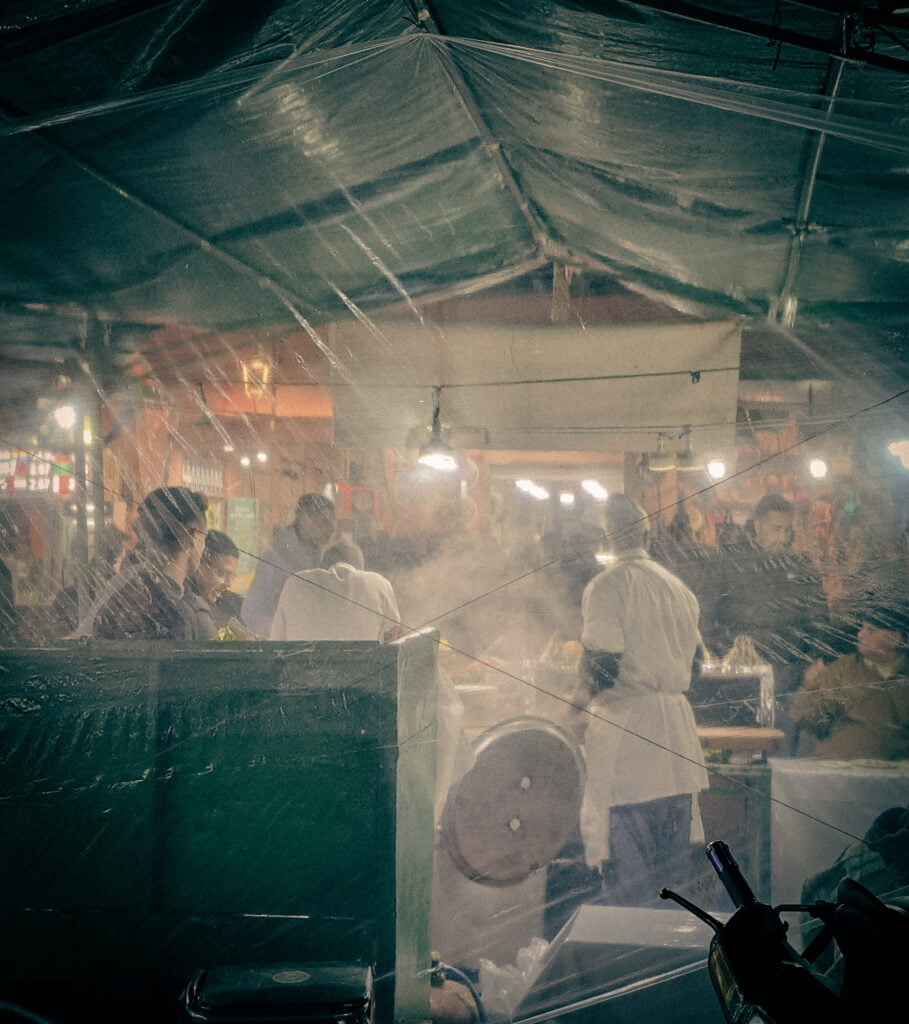
10. Trust Your Instincts
Lastly, trust your instincts. Street photography is as much about intuition as it is about technical skill. If something catches your eye, take the shot. Sometimes the best photos are the ones that are unplanned and spontaneous.

Conclusion
Street photography is an art that requires patience, creativity, and a deep connection with the urban environment. By following these tips, you’ll be better equipped to capture the raw, unfiltered moments that reveal the true soul of the city. Remember, the streets are full of stories waiting to be told—go out and discover them!
For more tips and insights, visit my blog at Life by Lens.


